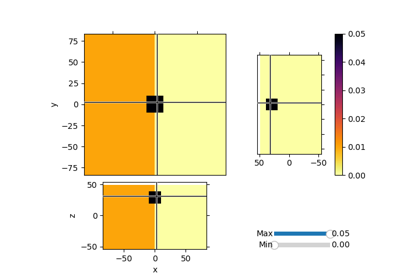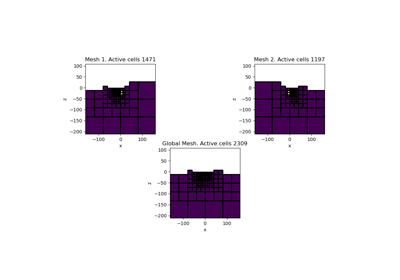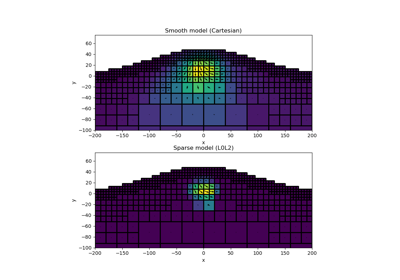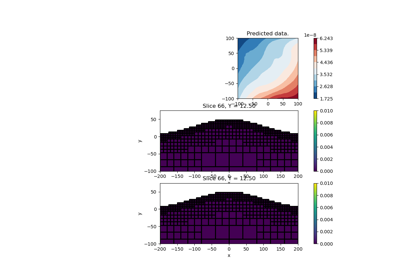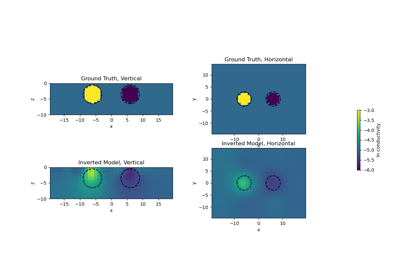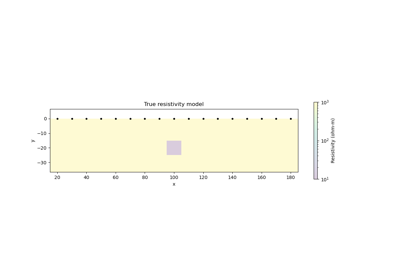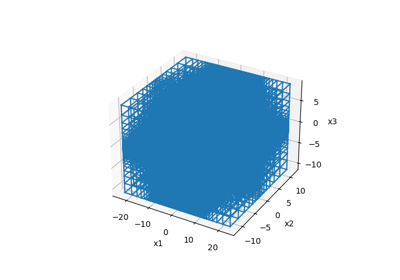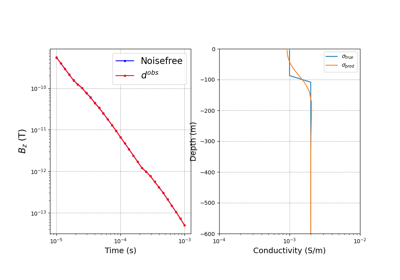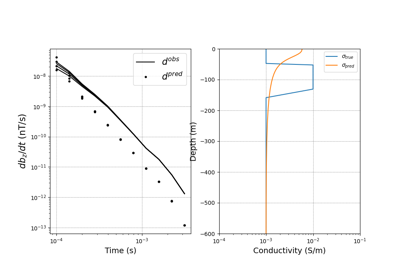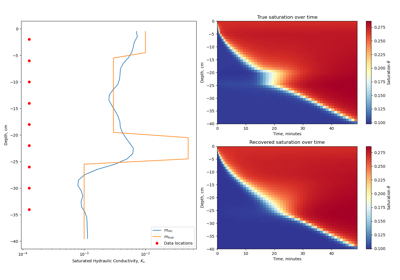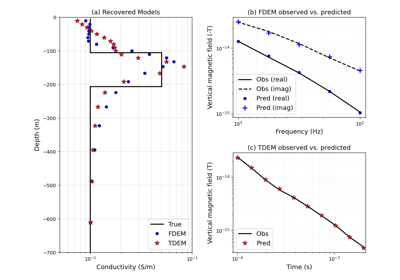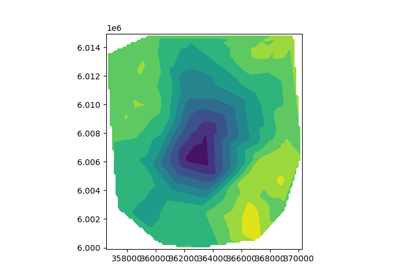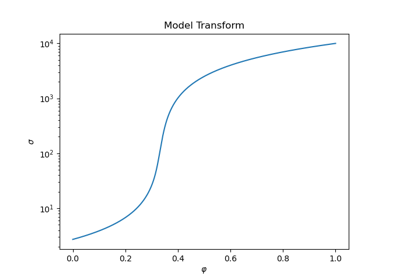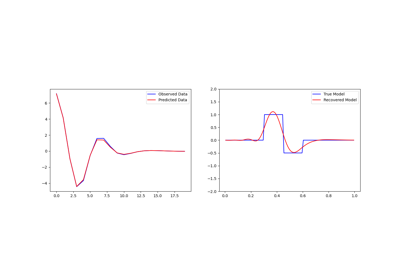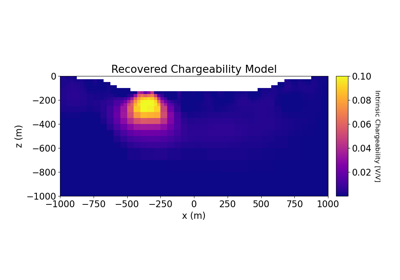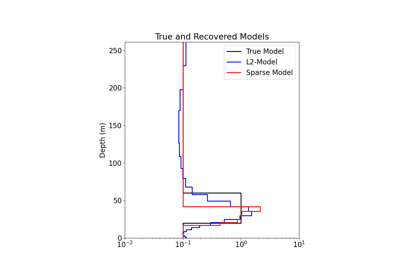simpeg.data_misfit.L2DataMisfit#
- class simpeg.data_misfit.L2DataMisfit(data, simulation, debug=False, counter=None, **kwargs)[source]#
Bases:
BaseDataMisfitLeast-squares data misfit.
Define the data misfit as the L2-norm of the weighted residual between observed data and predicted data for a given model. I.e.:
\[\phi_d (\mathbf{m}) = \big \| \mathbf{W_d} \big ( \mathbf{d}_\text{pred} - \mathbf{d}_\text{obs} \big ) \big \|_2^2\]where \(\mathbf{d}_\text{obs}\) is the observed data vector, \(\mathbf{d}_\text{pred}\) is the predicted data vector for a model vector \(\mathbf{m}\), and \(\mathbf{W_d}\) is the data weighting matrix. The diagonal elements of \(\mathbf{W_d}\) are the reciprocals of the data uncertainties \(\boldsymbol{\varepsilon}\). Thus:
\[\mathbf{W_d} = \text{diag} \left ( \boldsymbol{\varepsilon}^{-1} \right )\]- Parameters:
- data
simpeg.data.Data A SimPEG data object that has observed data and uncertainties.
- simulation
simpeg.simulation.BaseSimulation A SimPEG simulation object.
- debugbool
Print debugging information.
- counter
Noneorsimpeg.utils.Counter Assign a SimPEG
Counterobject to store iterations and run-times.
- data
Attributes
The data weighting matrix.
SimPEG
Counterobject to store iterations and run-times.A SimPEG data object.
Print debugging information.
Mapping from the model to the quantity evaluated in the object function.
Number of data.
Number of model parameters.
Shape of the Jacobian.
A SimPEG simulation object.
Methods
__call__(m[, f])Evaluate the residual for a given model.
deriv(m[, f])Gradient of the data misfit function evaluated for the model provided.
deriv2(m, v[, f])Hessian of the data misfit function evaluated for the model provided.
map_classalias of
IdentityMapresidual(m[, f])Computes the data residual vector for a given model.
test([x, num, random_seed])Run a convergence test on both the first and second derivatives.
Galleries and Tutorials using simpeg.data_misfit.L2DataMisfit#
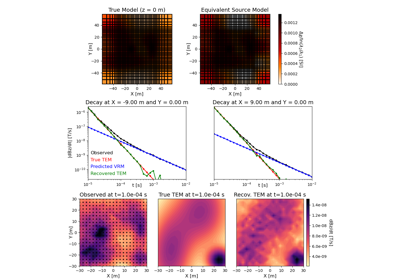
Method of Equivalent Sources for Removing VRM Responses
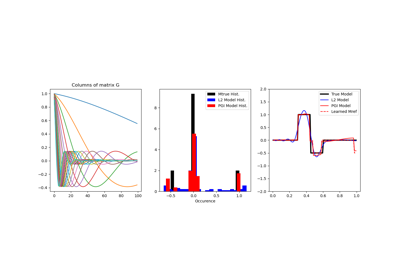
Petrophysically guided inversion (PGI): Linear example
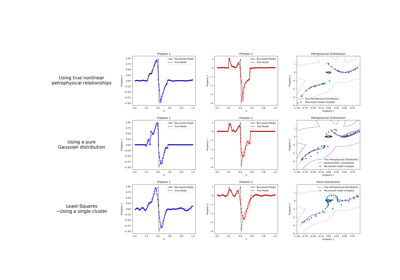
Petrophysically guided inversion: Joint linear example with nonlinear relationships
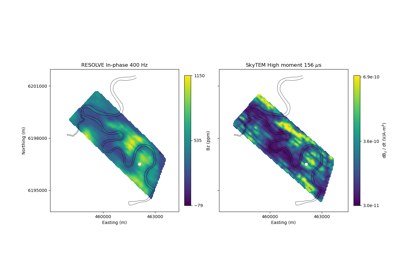
Heagy et al., 2017 1D RESOLVE and SkyTEM Bookpurnong Inversions
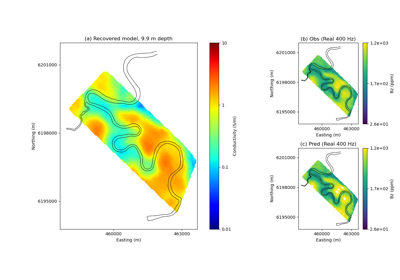
Heagy et al., 2017 1D RESOLVE Bookpurnong Inversion
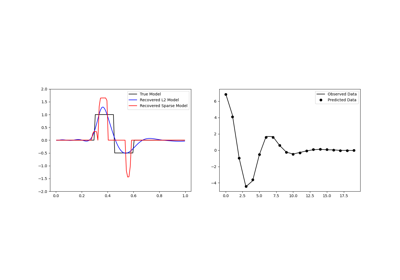
Sparse Inversion with Iteratively Re-Weighted Least-Squares
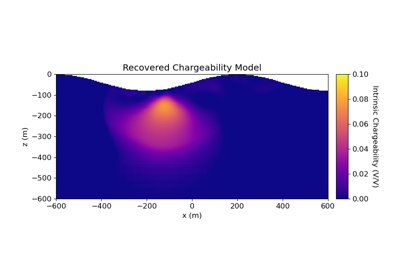
2.5D DC Resistivity and IP Least-Squares Inversion
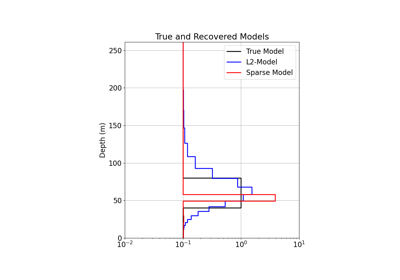
1D Inversion of Time-Domain Data for a Single Sounding
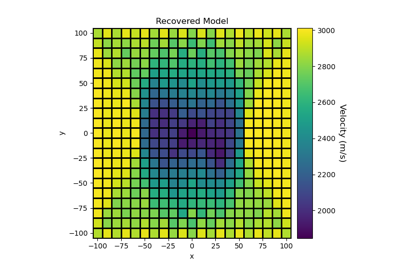
Sparse Norm Inversion of 2D Seismic Tomography Data
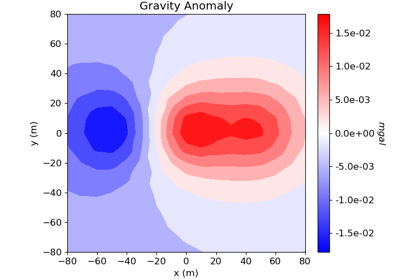
Cross-gradient Joint Inversion of Gravity and Magnetic Anomaly Data

Joint PGI of Gravity + Magnetic on an Octree mesh using full petrophysical information

Joint PGI of Gravity + Magnetic on an Octree mesh without petrophysical information

